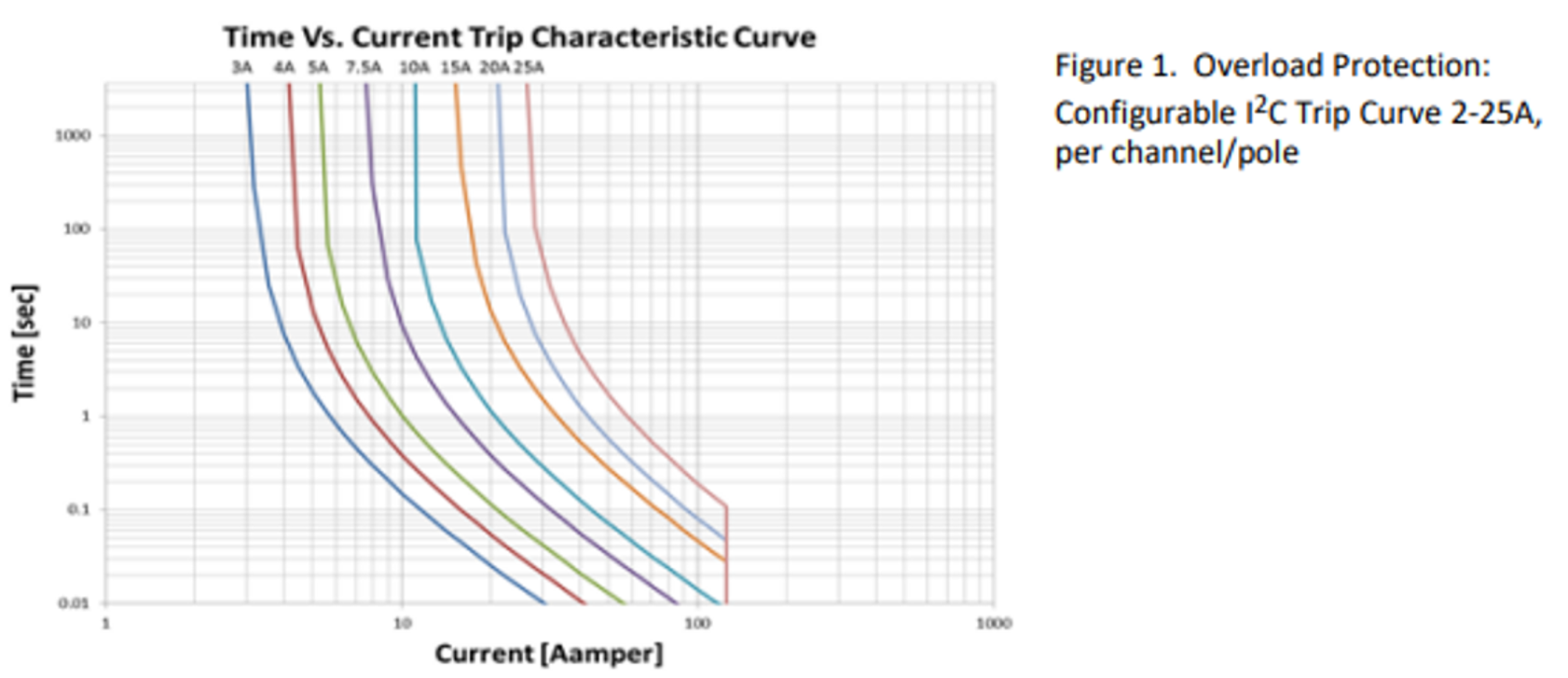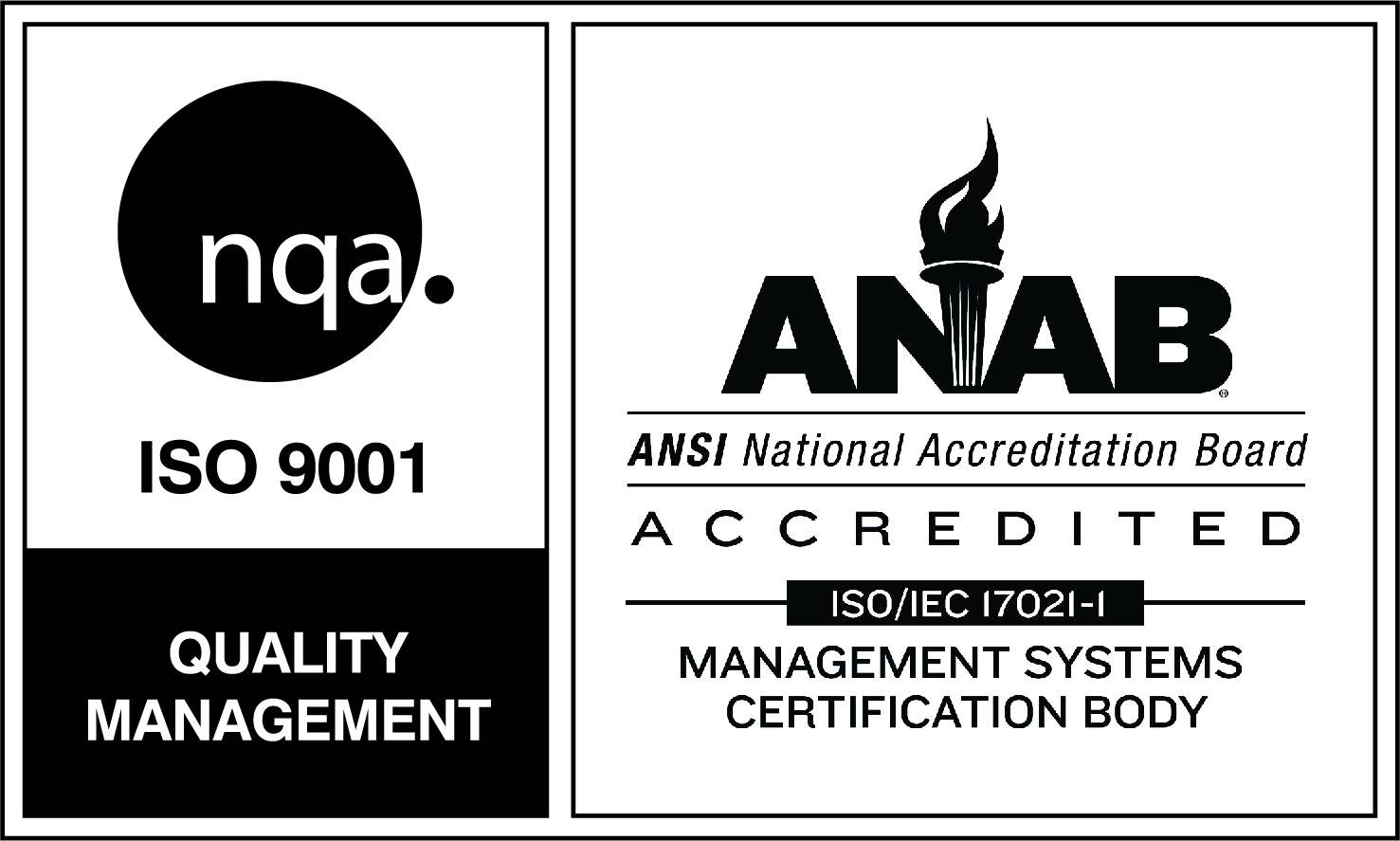PDU devices serve as a ‘circuit breaker’ to protect expensive and sensitive loads designed into the system. Such loads may include computers, displays, control devices, sensors, and weapons systems. Like the circuit breaker in homes, a PDU is a necessary tool to protect against current inrush or spikes, short circuit conditions, and other electronic maladies. In today’s market, power management devices, such as PDUs, may be referred to as circuit breakers, power distribution units (PDU), remote power control (RPC), and other trade names. PDUs can come in many different shapes and sizes based on the requirements of the military system, but not all are designed for use in a military or aerospace environment.
Flexibility & Customization is ImportantIn any product development or qualification effort, product flexibility and customization assist the design engineer to achieve compliance to the design specification or standard. Flexibility and customization are important factors when defining a power architecture and implementing a power distribution solution to protect loads in the system.
For example, the number of loads in a system, and therefore the number of channels necessary in a PDU, is different from platform to platform. Two input channels each controlling four output channels may be implemented for a redundant system of high reliability in an aircraft. Comparably, a single input managing 32 output channels, which can protect architectures with many loads, may be necessary in a different architecture in a ground vehicle. The design engineer should always consider additional and unused channels in a system to support future integration activities.
Flexibility to support differing power architectures can be achieved with a modular PDU design, where building blocks are implemented to reduce the development time and the probability of design errors. A scalable design in the PDU is advantageous in this scenario. Further, tailoring the output channel configurations allows for an optimized design. For example, having the ability to manage the specific current and voltage output configurations of a PDU can reduce the number of line replaceable units (LRU) in the systems architecture. Using a small number of channels close to the load, in a point of load architecture, also can provide flexibility and added protection for the systems architecture by solving the challenge of high peak current demands and low noise margins.
Features to consider in any PDU sourcing activity are as follows:
Overload protection
Incorporation of an I2t overload protection in a PDU will protect the wires of the system while maintaining the robustness of the system to false trips due to short periods of current surges.
Current Limiting
Limiting the current for short circuit conditions turns a wild, uncontrolled, and dangerous event into a secure, safe, and predictable one. A massive short circuit condition can drop the voltage for the entire system, causing a partial or full system reset. In response, that can cause the system to repeat the erroneous condition and thus enter a dangerous lasting loop of short circuits. When working with a current limit feature in a PDU, the design and systems engineers can develop the system such that the power source's current capability will be higher than the switch’s current limit setting. When doing so, the power source will never drop due to short circuit.
An often-overlooked function critical to the longevity and reliability of an electrical system is the sequencing of processes during power-up scenarios. By implementing discrete enabling functionality within a PDU, stress is reduced on the entire electrical system.
Sequencing and soft-start functions, together, provide the most complete solution. As previously discussed, soft start functionality with current limiting by channel, alone, introduces risk to the electrical system, as current limits will add up and thereby introduce stress to the system and the power source.
By incorporating a user-specified sequencing feature with the soft start design, startup currents across time can be implemented to reduce current peaks. When sourcing a PDU for a military application, sequencing functionality is a critical feature that should be incorporated.
Surge Protection
In the case of ground vehicles, the surges defined by MIL-STD-1275D and revision E are significant. Surges are defined as transients that last longer than 1ms. For example, the recommended test in MIL-STD-1275D specifies that five 100V pulses of 50ms duration should be applied at the system input with a 1s repeat time.
Reverse Voltage Protection
A power distribution solution intends to protect itself, the wiring harnesses, and loads from negative voltage conditions. Unfortunately, not all power distribution products available in the marketplace offer reverse voltage protection, a critical safety feature.
The importance of reverse voltage protection is due to human error; we make mistakes. Incorporating reverse voltage protection within the PDU will not only protect the PDU electronics, but also will protect the devices connected to its output channels. Incorporating this feature into the PDU reduces systems architecture and eliminates the need for reverse protection at each load. It also reduces the risk of inadvertently reversing the wiring connection by a technician, maintenance team, or user, thereby harming the components in the system. Any PDU integrated into a military platform should offer reverse voltage protection
In summary, the technology behind today’s PDU offering to the military and aerospace market offers a wide range of flexible and customizable solutions. Not all PDUs are designed the same, finding the right PDU to meet the needs of each system architecture is important. Understanding the requirements outlined in standards, such as MIL-STD-704F or MIL-STD-1275E is a key aspect of understanding the features available in power management solutions. Designing with margin and flexibility in mind is the key to establishing a reliable and successful systems architecture in a military ground vehicle or aircraft.






